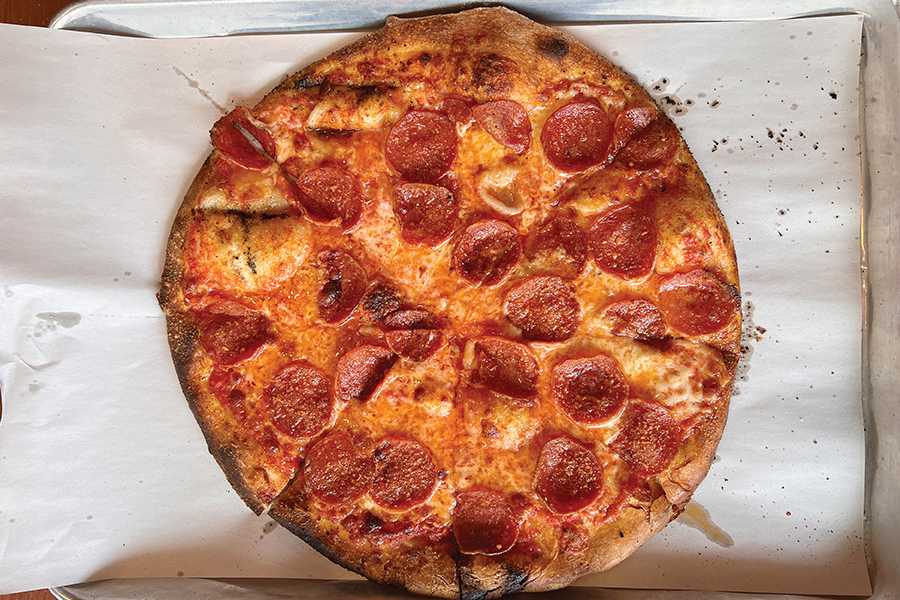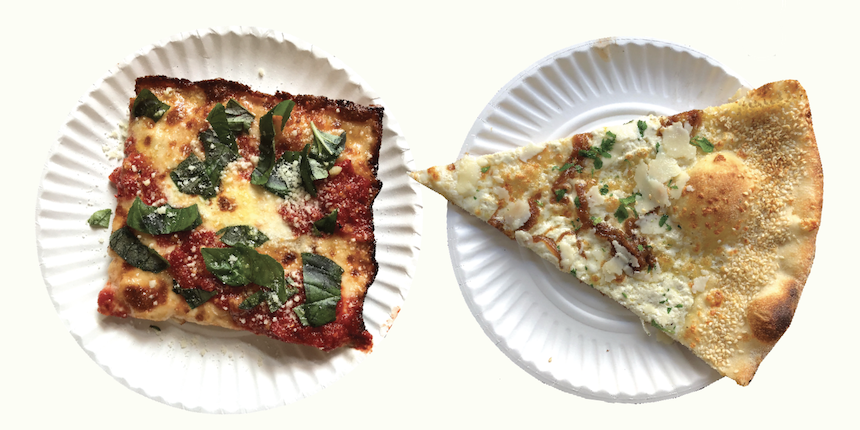Five Tips to Achieve a Crispy Pizza Crust
For some of us achieving a crispy crust pizza is like chasing down that legendary Golden Fleece, but it really doesn’t have to be such a massive undertaking. Below are some tips to get you on your way.
Tip No. 1: The protein content of the flour can influence the potential crispiness of the finished crust.
We have found that flour with a protein content of at least 12 percent is necessary to achieve maximum crispiness. Since most “pizza flours” contain anywhere from 12 to 14 percent protein content, most of us should be okay in this regard. But if you happen to be using an all-purpose or H&R type flour, the lack of protein in the flour might be limiting the potential crispiness of your crust.
Tip No. 2: Fermentation has a great influence on crispiness due to the softening affect that it has on the dough.
The softer, more relaxed, dough consistency allows for improved expansion properties of the dough during baking, resulting in a more open, porous internal structure within the crust. This open structure effectively inhibits heat transfer through the crust, allowing the surface of the crust to reach a higher temperature during baking, thus creating a crispier finished crust.
Tip No. 3: The amount of water added to the dough can have a significant effect on the crispiness of the finished crust, but not in the way as many of you may think.
It’s actually the addition of more water to the dough that helps to create the conditions for a crispier finished crust. The water will make the dough somewhat softer, allowing it to more freely expand during those critical first few seconds of baking. This creates the desirable, open crumb structure that effectively blocks some of the heat transfer through the dough and allows for a better bottom bake (ultimately leading to a crispier finished crust).
Tip No. 4: Incorrect finished dough temperature can wreak havoc on your efforts.
If the dough temperature is too high, we may find that the dough exhibits a pronounced tendency to “blow” during storage.
Tip No. 5: Incorrect dough management procedures can also effect crust crispiness for reasons similar to those cited in Tip No. 4 above.
For example, if the dough is allowed to ferment at room temperature for any significant amount of time prior to taking it to the cooler after mixing, the dough will begin to ferment, making it less dense, more open and porous. In essence, the dough becomes more difficult to cool down in the cooler, leading to over-proofed dough balls in the box.
A similar problem can develop if we bypass the important cross-stacking step when putting the dough up in the cooler. The cross stacking of the dough boxes allows heat to freely escape from the dough, resulting in effective and consistent cooling of the dough. If the dough boxes are not cross-stacked, the heat is trapped within the dough boxes. Since yeast is a living organism, it produces heat (heat of metabolism) as it metabolizes nutrients and ferments. This too will result in dough balls that are either grown together, blown, or just wet and sticky on the following days.
Assuming we’re baking in the right type of oven, on the right type and color of pan or disk (if used), and the baking time and temperature are within reason, these tips might provide just the ticket to getting the crispy crust we’ve been looking for. You might note that many of the tips seem to have a common denominator — that is to allow the dough to rise slightly (oven spring) during the first few seconds of baking, which helps to establish an open, porous crumb structure within the dough/crust, thus preventing excessive heat transfer through the dough. This allows for more of the bottom bake to go into baking and drying the bottom of the dough, ultimately resulting in a crispier finished crust.
Don’t worry about the top of the pizza not getting sufficiently done when you block some of the heat from the bottom of the oven. The top heat of the oven will handle the top of the pizza just fine. But if you should find a problem, it is easily corrected by either increasing the oven temperature or extending the baking time slightly.








